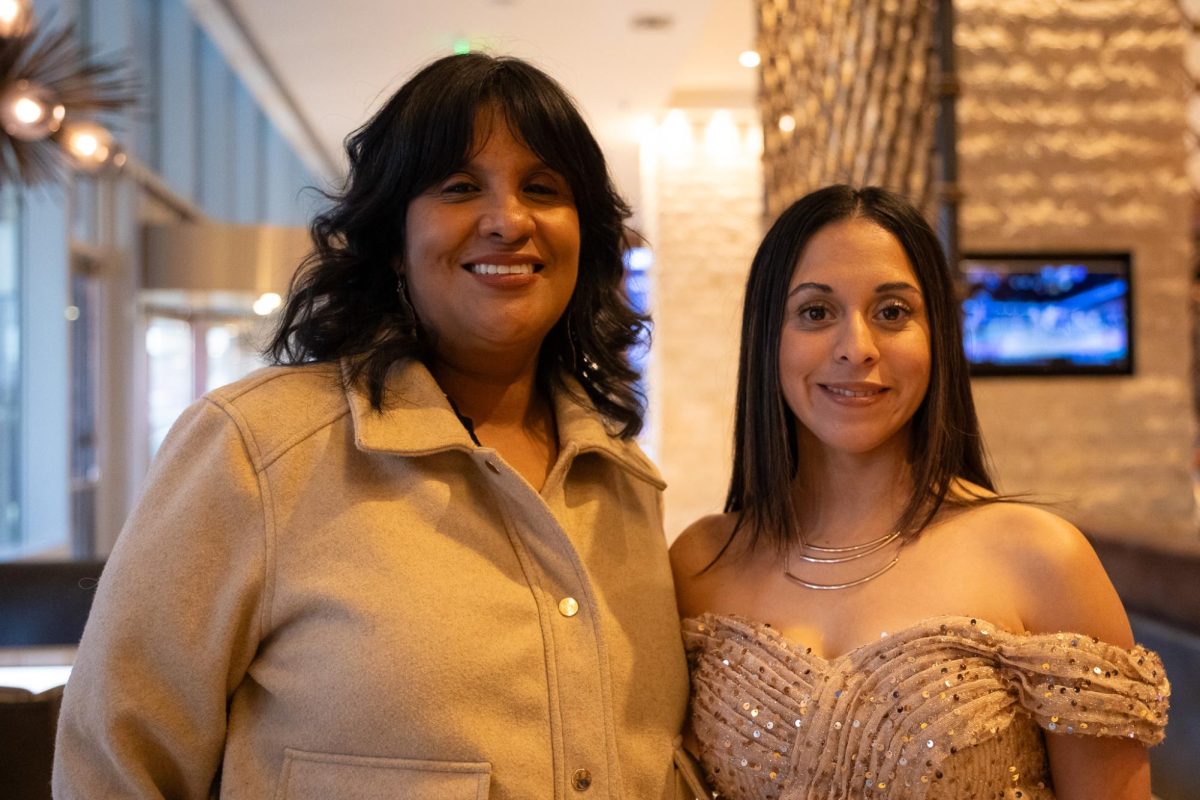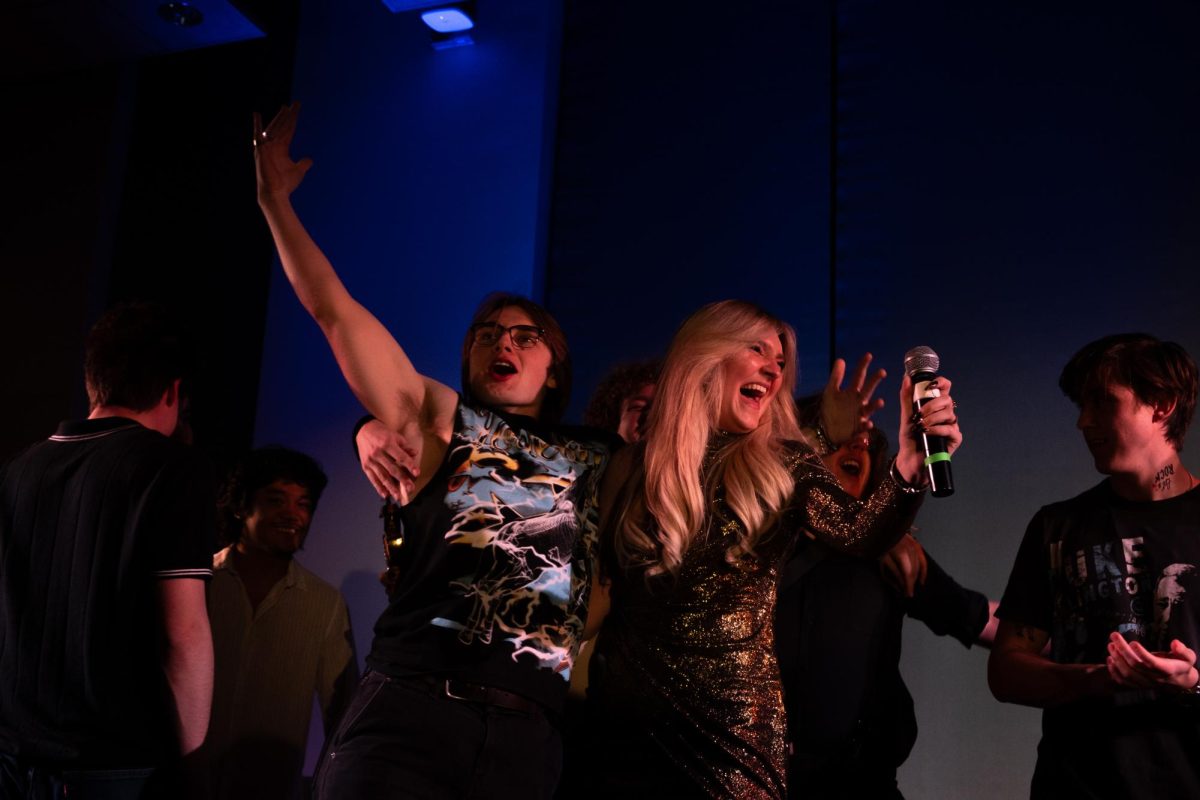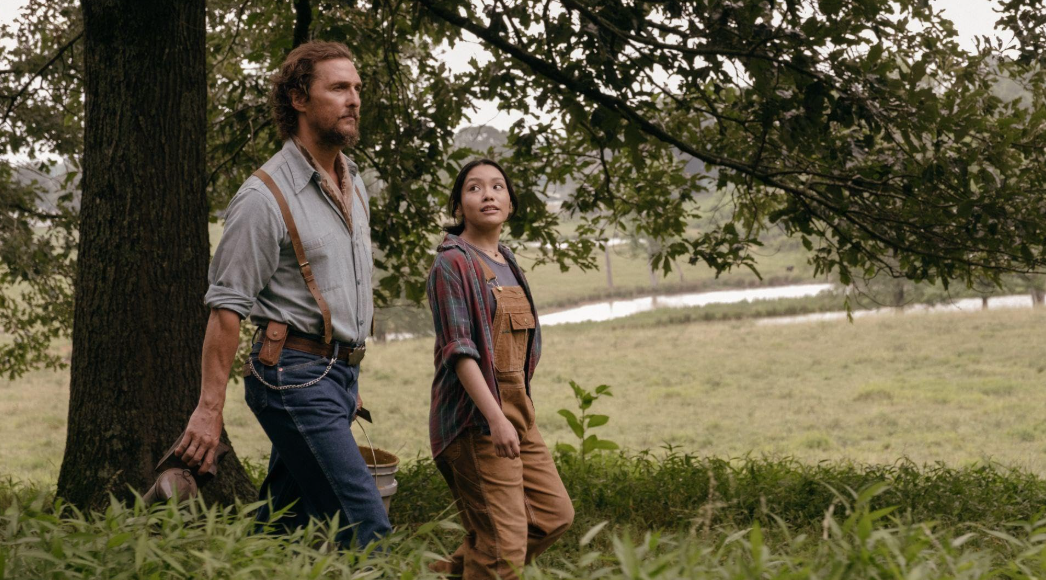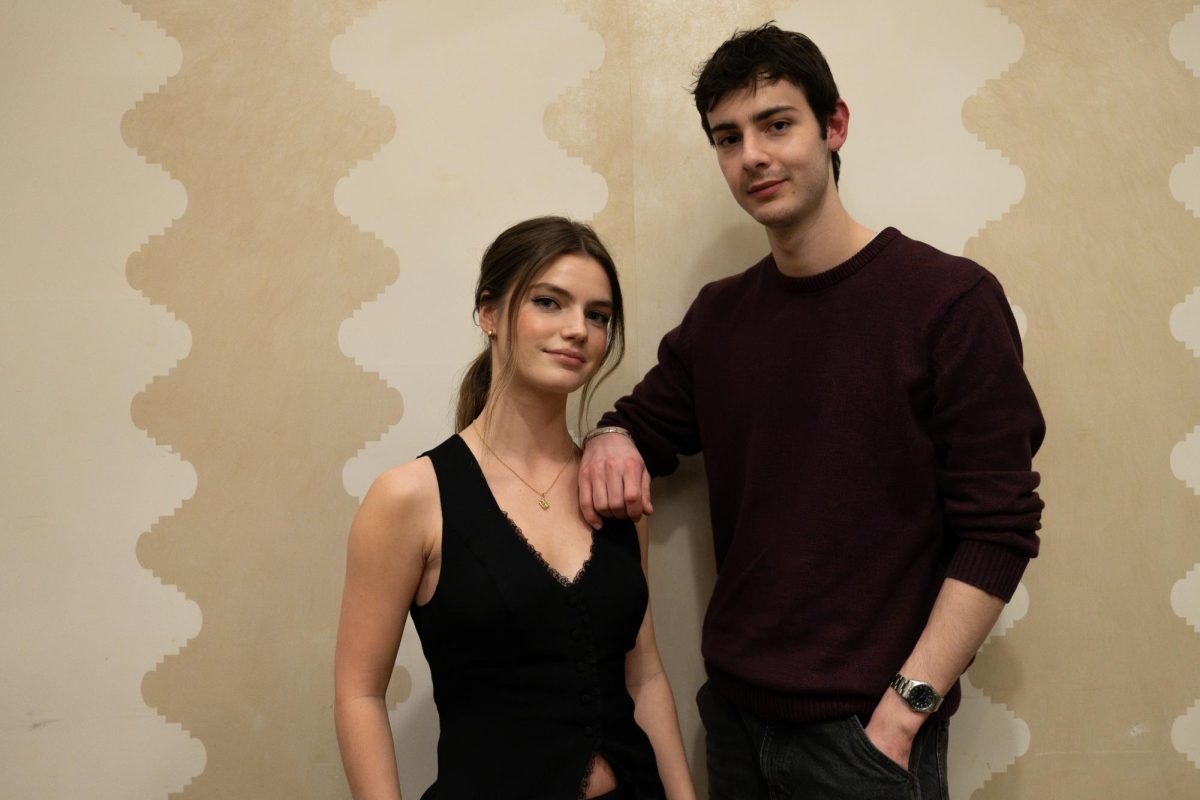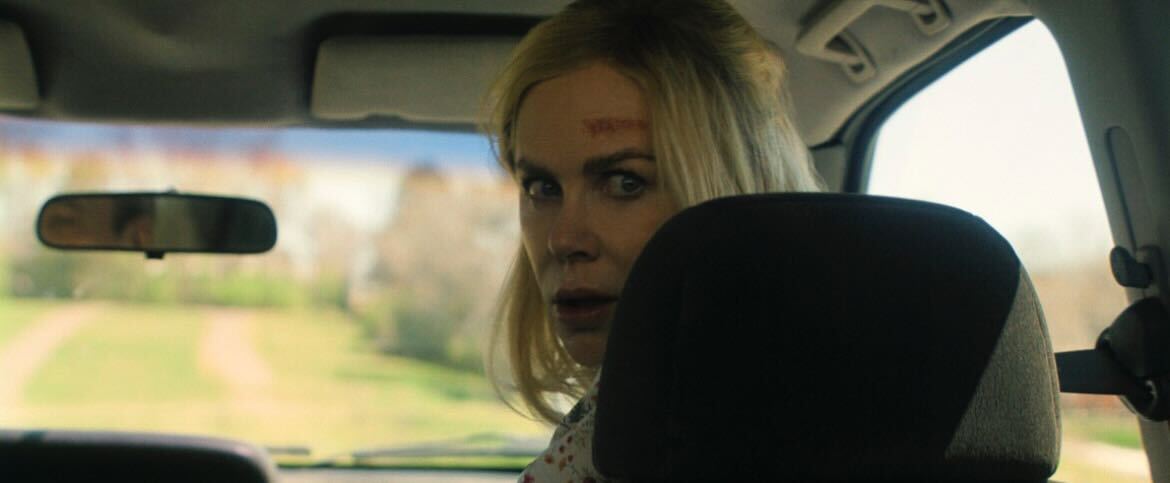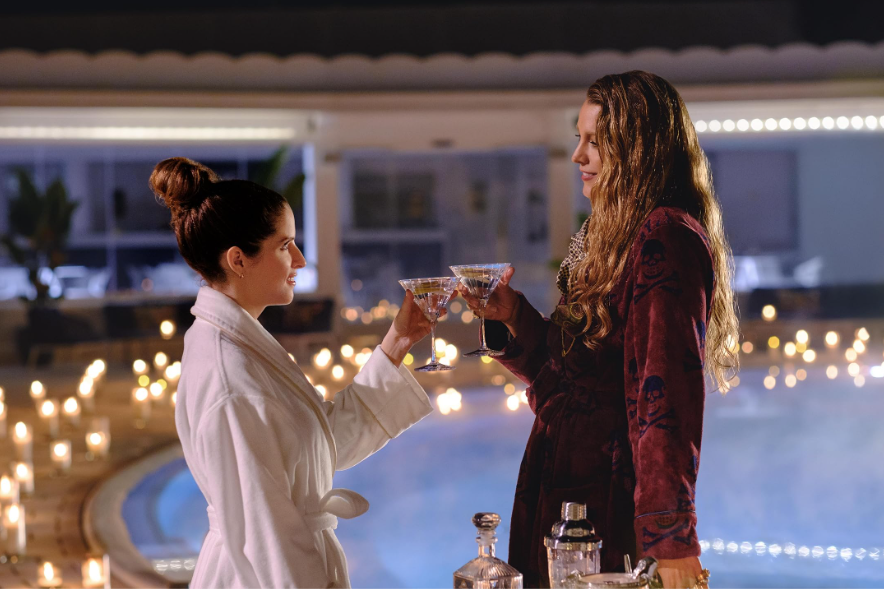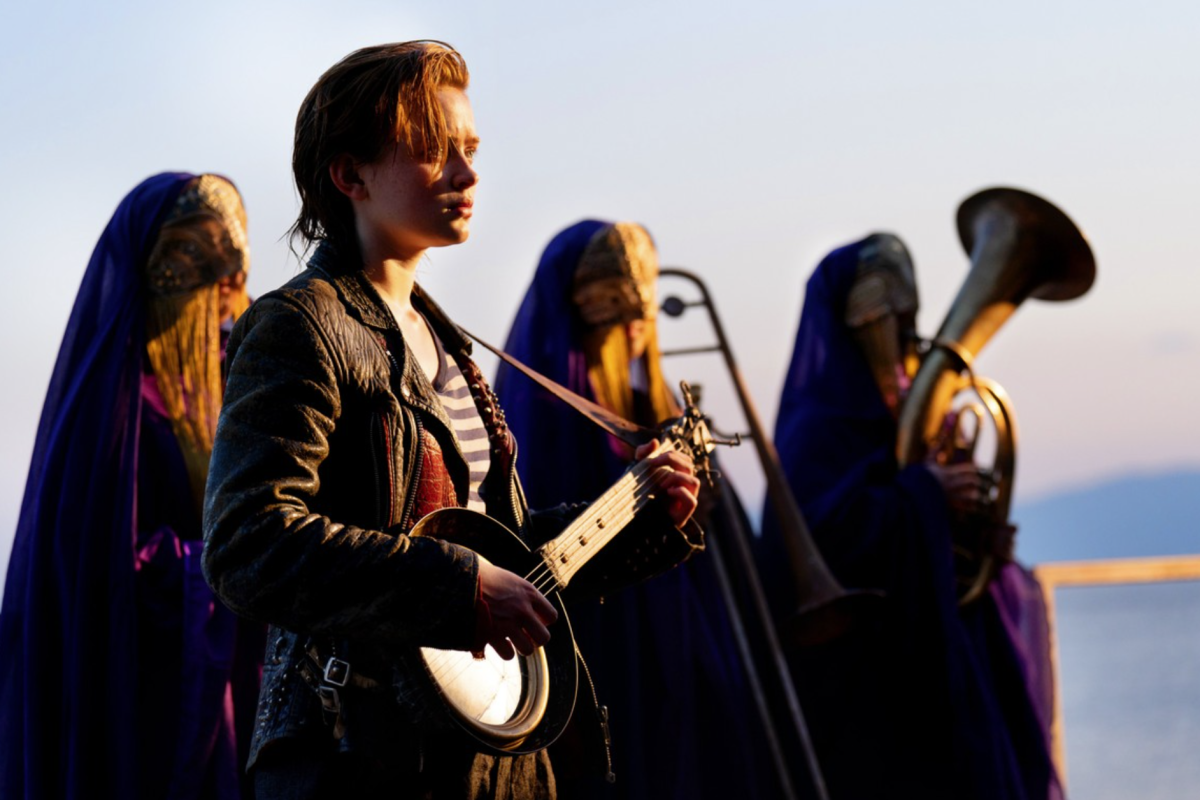Editor’s Note: With hundreds of Americans setting up camp as early as six days before the third installation of the Twilight saga, it’s inarguable that our culture is spellbound by vampires. The Daily Texan examines the root of this bloodthirsty fixation by reflecting on the best, cheesiest and most influential vampire movies of all time.
Dracula (1931)
Bela Lugosi, the original Count Dracula, established what we perceive to be vampires today. That suave, seductive tone and swagger came from the small Hungarian man in this classic movie.
Sure, we’ve progressed a long way in terms of vampire lore — now their skin sparkles in the daylight and they don’t transform — but if you don’t watch the original, then you’re missing a big part of vampire history. “Dracula,” the authorized adaptation of Bram Stoker’s original novel was loosely based on Vlad III the Impaler, or Dracula. Whether Stoker fully knew of Vlad’s sadism and brutality has been recently questioned, but the character of Dracula has evolved to become ingrained in pop culture.
—Gerald Rich, Daily Texan Staff
Blacula (1972)
Proclaimed to be the “soul-brother” of Dracula, Blacula is a jive-talking vampire looking to find the reincarnation of his lover in ’70s Los Angeles while on the run from his racist blood-sucking counterparts. The movie has some of the cheesiest dialogue ever in a horror flick, like when Blacula orders a drink and coolly says “Make it a Bloody Mary.” The movie is much more comical than scary, a “so-bad-it’s-good” cult-type picture, but that doesn’t hinder it from being wildly entertaining. Forget The Godfather, Blacula is truly the best film of the ’70s.
—Justin Sedgwick, Daily Texan Staff
Dracula: Dead and Loving It (1995)
In “Dracula: Dead and Loving It,” Mel Brooks takes on the scary mythology of Dracula and turns it into a slapstick festival of stupid. Brooks’ Count Dracula (Leslie Neilson) is just as gruesome and darkly erotic as those menacing freaks in “True Blood,” but he is also a silly, confused little man with goofy friends such as his bug-eating assistant Renfield (Peter MacNicol). At every turn of the typical Dracula plot line — young, hot, unassuming ladies visit an old house where they find themselves strangely attracted to a pale, older gentleman who turns out to be non other than Dracula — Mel Brooks manages to parody the melodrama and provide something much more fun: low-brow comedy!
—Mary Lingwall, Daily Texan Staff
Grace (2009)
While not technically a “vampire” movie, Paul Solet’s “Grace” transforms the vampire-inspired ideas of living off blood and being “undead” into a modern suspense drama. When Madeline Matheson finally gets pregnant, she is bound and determined to have her baby naturally. Though her mother-in-law tries to force her into a hospital with a patronizing doctor, Madeline refuses and eventually becomes reclusive about her pregnancy. And then, things gets weird. Madeline’s baby is born dead during a water birth, and though the midwife tries to help Madeline cope with the loss, the new mother refuses to get over it and instead starts to nurse her dead baby, who she names Grace. The baby, though bluish with the hue of death, starts sucking at the mother’s teat. Eventually the baby — who apparently has a wretched smell that attracts swarms of flies into the Matheson’s nursery — starts to gnaw on Madeline’s nipples while breast feeding in order to drink blood. I think you can see where this is going. But what you’d be surprised to see is just how far Madeline goes to keep her blood-sucking, dead baby “alive.”
—Mary Lingwall, Daily Texan Staff
Let the Right One In (2008)
“Let The Right One In” is not your typical vampire movie. The Norwegian film uses children as the main characters and portrays their naviete and the terrors they are experiencing. A 12-year-old boy named Oskar (Kåre Hedebrant) falls in love with his new neighbor, Eli (Lina Leandersson). Eli, a vampire, cannot hide her true identity, and only the love and innocence between the children is what keeps them safe from themselves and Eli. The camera angles, interesting shots and settings play a major role in the mystery and beauty of the story. The originality of the story grabs the viewer’s attention straight from the opening scene.
—Simonetta Nieto, Daily Texan Staff


